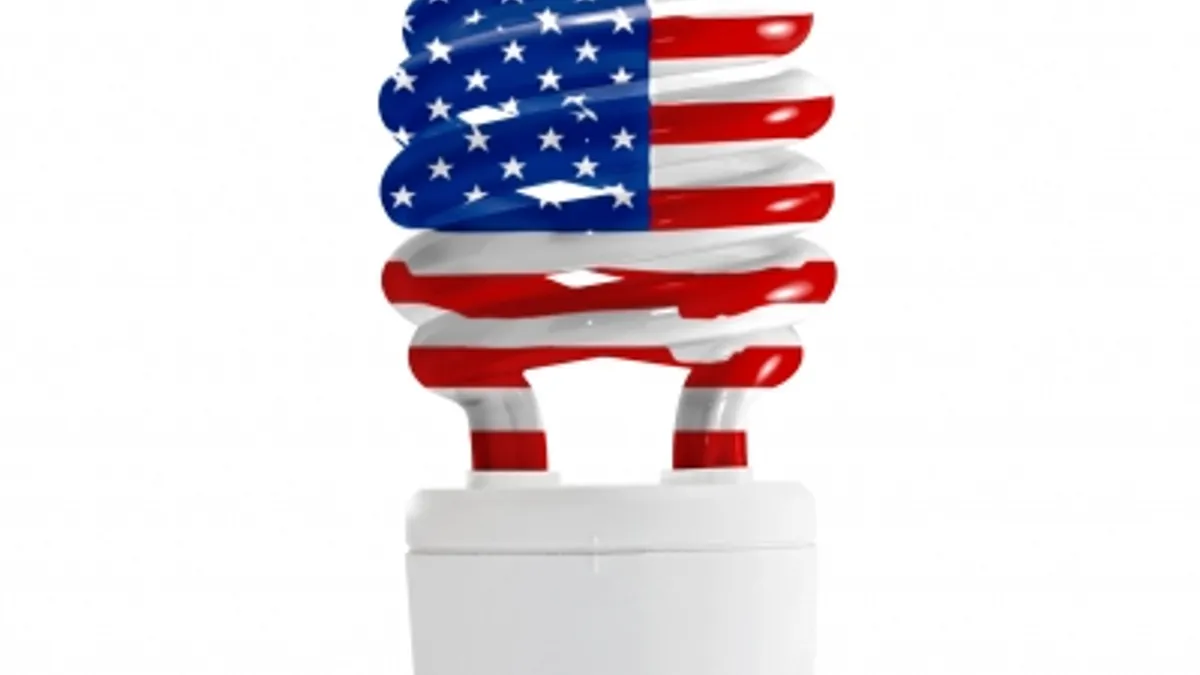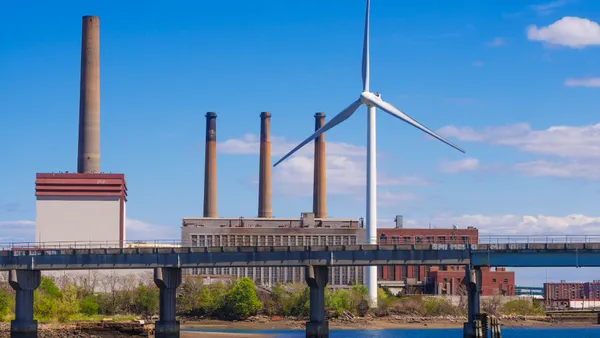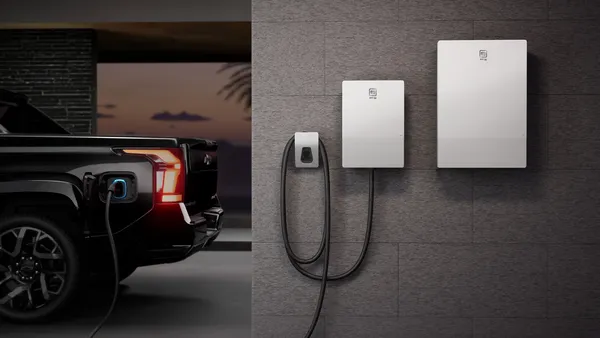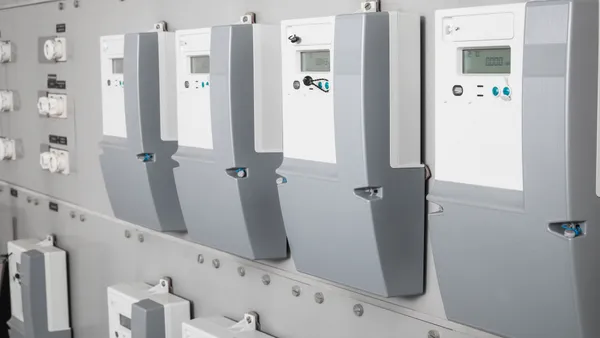Dive Brief:
- The American Council for an Energy-Efficient Economy (ACEEE) has released a new report finding energy efficiency in the United States has come a long way in the last 35 years, slashing in half the “energy intensity” metric that compares energy consumed to the gross domestic product.
- The United States has cut the amount of energy it uses, compared to each dollar of gross domestic product, from 12.1 thousand Btus per dollar in 1980 to 6.1 thousand Btus per dollar in 2014, ACEEE found.
- Last year, the study found, efficiency measures saved the United States $800 billion. Most of the improvements over the last 35 years came from advances in energy efficiency itself, ACEEE concluded, and not changes in the broader economy.
Dive Insight:
Energy efficiency is saving the United States hundreds of billions of dollars each year, finds a new analysis of the nation's energy consumption as it relates to economic activity. According to ACEEE, it amounted to $800 billion in 2014, or about $2,500 per capita.
Among the advances in the last 35 years, ACEEE said the fuel economy of passenger vehicles has improved by more than 25% and energy losses in the electric transmission and distribution system been cut by a quarter.
"Energy efficiency has made great strides in the past 35 years, and we have learned many important lessons on how markets and policies can work together to advance it,” ACEEE Executive Director Steven Nadel said in a statement.
The report also looks ahead another 35 years, and concludes “there are large and cost-effective energy efficiency opportunities that, by 2050, can collectively reduce energy use by 40–60 percent relative to current forecasts."
To achieve those efficiencies, ACEEE made a host of recommendations including: net-zero building designs; better grid efficiency; improvements in electronic device energy consumption; promotion of new transportation models; and more initiatives to encourage more efficient consumer energy use.
“We find opportunities to reduce 2050 energy use by half relative to a business-as-usual reference case,” Nadel said. “In order to harvest these large efficiency opportunities, we need to take our efforts to a higher level. ... The past has shown us what efficiency can do and it can guide us to even greater success in the future."















